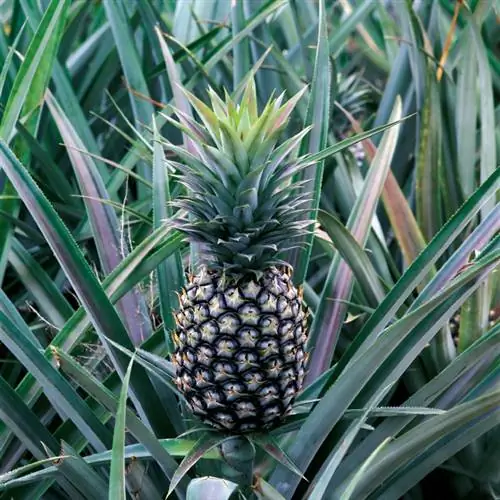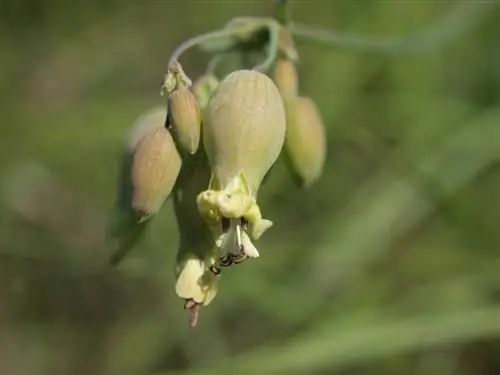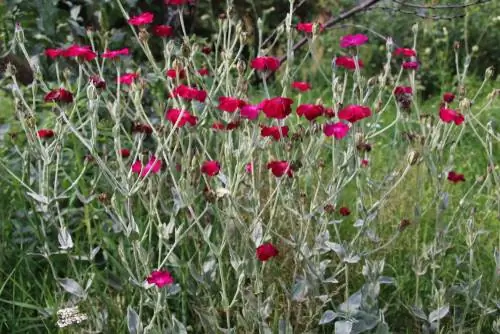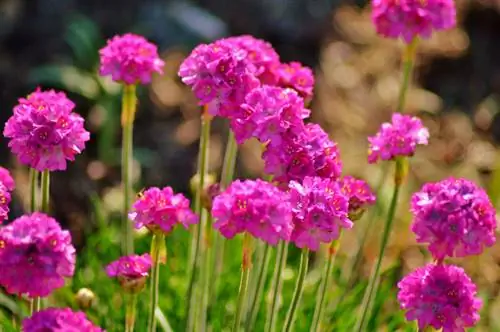- Author admin [email protected].
- Public 2023-12-16 16:46.
- Last modified 2025-01-23 11:20.
The cuckoo carnation with its pink-red, slightly disheveled-looking flowers used to be often found in moors, swamps and wet meadows. However, since numerous wetlands were drained in the past and made available for agriculture, the natural population of the cuckoo campion continued to decline. In recent years, however, the perennial has been increasingly cultivated in gardens.

What is the Cuckoo Campion?
The cuckoo campion (Silene flos-cuculi) is an annual, up to 80 cm high plant from the carnation family that thrives in wet meadows, moors and swamps. It has pink or white flowers that bloom from May to July and is slightly poisonous.
Data and facts about the cuckoo carnation at a glance
- Botanical name: Silene flos-cuculi
- Family: Carnations
- Genus: Campion Herbs
- Origin: Europe
- Distribution: Central and Northern Europe
- Location: wet meadows, moors, swamps, near standing and flowing water
- Growth habit: herbaceous
- Perennial: annual
- Height: up to 80 centimeters
- Flowers: five in number
- Colours: rose red, occasionally white
- Flowering period: May to July
- Fruits: capsule fruit
- Fruit ripening: July to October
- Leaves: lanceolate
- Propagation: Seeds
- Winter hardiness: yes
- Toxicity: slightly toxic, contains irritating saponins
- Use: ornamental plant, bee and butterfly pasture
Location
As in its natural habitat, the cuckoo carnation prefers a place that is as moist and semi-shady as possible. It also thrives in sunnier places, but then needs wetter soil - the perennial does not tolerate drought at all. For this reason, planting on the bank of the garden pond, for example, is ideal.
Cultivating cuckoo carnation in the garden
If the site conditions are right, the cuckoo carnation is a very flowering plant. The catchfly plant looks best when planted in groups, as it forms dense seas of flowers. Otherwise, the perennial doesn't need too much care; you don't have to fertilize it, nor does it need regular pruning. The annual cuckoo carnation also manages propagation all by itself, as it sows itself quite reliably. Another advantage is their extreme winter hardiness, thanks to which no additional protective measures are required.
Tip
The cuckoo campion reproduces not only through seeds, but also through runners.






